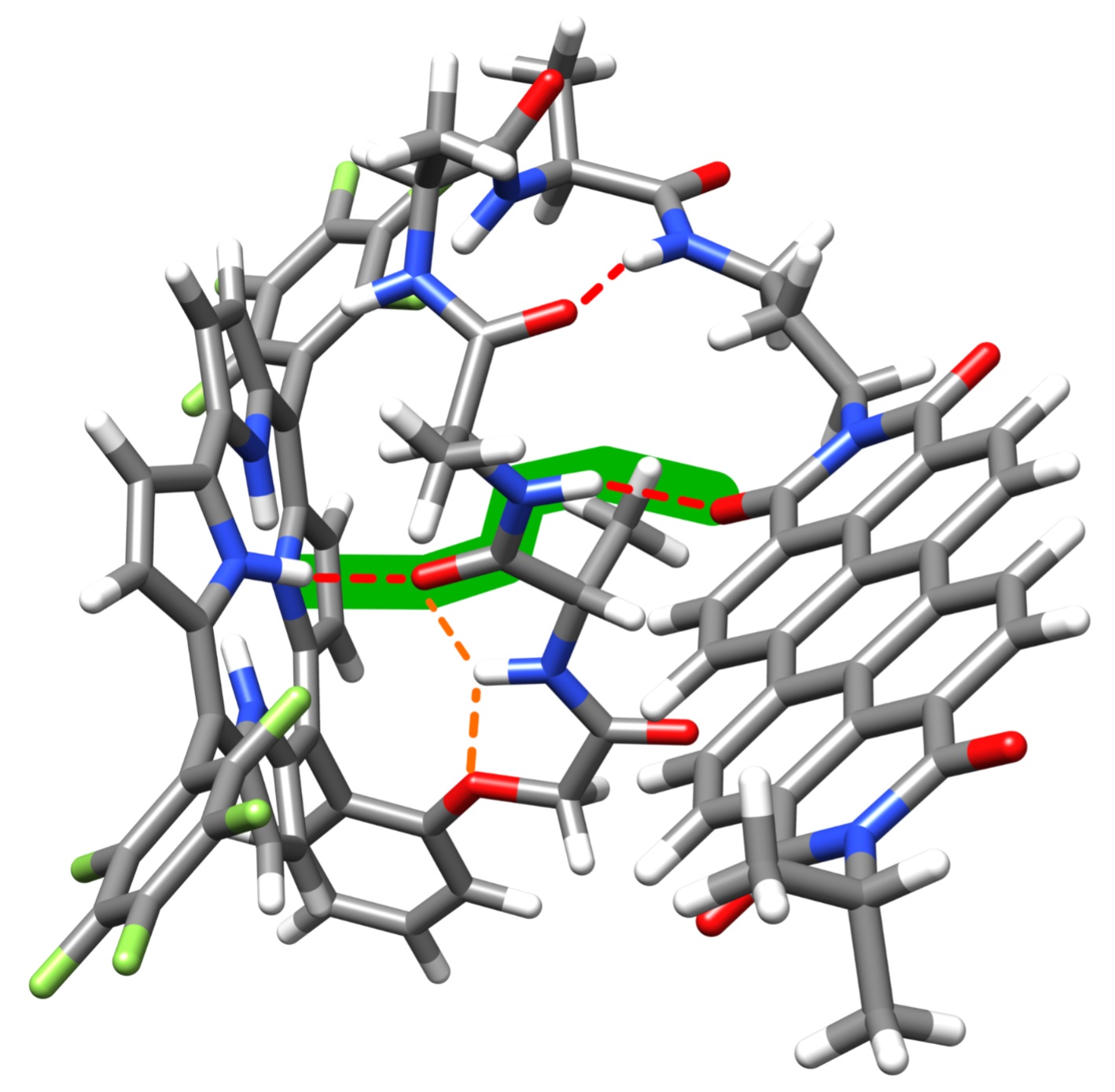Long-range electron transfer through hydrogen bonds – The first article in PNAS in the history of the IOC PAS!

Prof. Daniel Gryko, together with colleagues from the IOC PAS (Prof. Agnieszka Szumna, Dr. Olga Staszewska-Krajewska, Dr. Hanna Jędrzejewska) and from California (Prof. Harry Gray, Prof. Valentine Vullev) discovered how long-range electron transfer can occur. The first author of the work is Rafał Orłowski. The discovery was published in the prestigious Proceedings of the National Academy of Sciences of the USA (PNAS).
Long-range electron transfer pevades biology, chemistry and engineering, as it is critical for life-sustaining processes, chemical transformation, energy conversion, as well as electronic and photonic technologies. Elucidating the factors that control the rates of long-range electron transfer is not only of great importance for understanding energy flow in biology, it can also be helpful in the design and construction of electronic devices. Prof. Gryko et al. discovered ultrafast electron transfer (ET) from donor to acceptor, connected by a system of 20 covalent bonds. While such large distances between chromophores prevent ETs, researchers observed picosecond ET processes with quantum yields, the kinetics of which is not significantly affected by reducing the number of amino acids in the linker. The combination of NMR, circular dichroism and quantum mechanical computing reveals that intramolecular hydrogen bonds bring the donor (corol) and acceptor (perylene diimide) closer together in a “scorpion-shaped” molecular architecture, thus enabling electron transfer. This revolutionary result shows that short peptides with only four amino acid residues provide a network of hydrogen bonds that can mediate electron transfer with extremely high efficiency. This work not only changes the view of the design of electron transfer molecules, but also suggests structural motifs mediating ET in proteins.